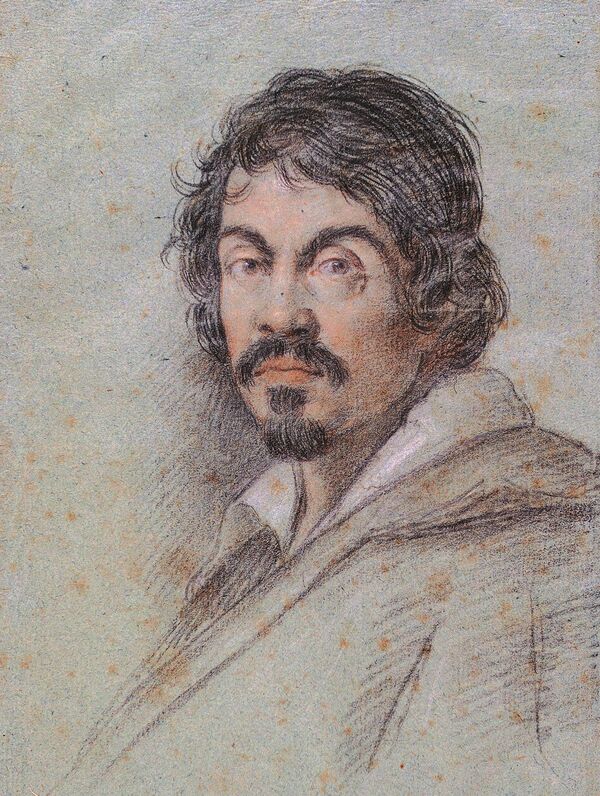MOSCOW, October 25 (RIA Novosti) - A prominent Italian art historian has claimed to have found the original of "Mary Magdalene in Ecstasy" by baroque Italian painter Caravaggio, The Guardian reports.
Mina Gregori, president of the Roberto Longhi foundation of art history studies in Florence, said that she had identified a previously unknown painting in a private collection as the original Caravaggio masterpiece.
"I have become a connoisseur," she said. "And I know a Caravaggio when I see one."
The oil canvas was presented to her this year, and after extensive investigation, she was convinced that it was authentic.
There are several different versions of the Mary Magdalene in Ecstasy. Until now the one supposed most likely by art historians to be the 1606 original was in a private collection in Rome.
Gregori believes that her finding will put an end to all of the debate about the painting. She said that being a connoisseur means having a "memory archive" and her memory activated when she saw the newly discovered work.
"The varying flesh tones of the body, the intensity of the face. The strong wrists and the blackened hands in wonderful variations of colour and light and with a shadow obscuring half her fingers are the most interesting and intense aspects of the painting. It is Caravaggio," she told Italian daily La Repubblica.
However, Gregori is not relying only on her interpretation of the art. There is a note in 17-th century handwriting on the back of the painting. She believes it refers to Caravaggio’s Mary Magdalene for "Cardinal Borghese of Rome".
She said that the Italian cardinal was a patron of Caravaggio and possessed a great collection of his paintings.
"This document definitively confirms the identification and attribution of the painting," Gregori told the newspaper.
The owners of the painting contacted Gregori earlier this year. They had an inkling that it might be a Caravaggio work, but they were unable to decipher the note, Gregori said. The family lives in another European country and asked not to be identified due to publicity and security concerns.
"They don’t want to put it in a safety deposit box; they would prefer to keep it at home," she told the Guardian.
Michelangelo Merisi de Caravaggio is thought to have had his "Mary Magdalene in Ecstasy" with him in the Tuscan town of Porto Ercole where he died in 1610. Art historians believe that after his death the painting was moved to Naples, where a Flemish artist, Louis Finson made a copy of it. The copy is now in Marseille, French, but it is unknown what happened to the original.
According to Gregori, the newly found painting shows a young woman, "the same as the one Finson recaptures in his copy in Naples".
Despite Gregori’s certainty, some experts on the Italian painter are likely to cast doubt on the discovery.
"There are many versions of a presumed lost original of this subject by Caravaggio, none of which so far qualify as autograph," John Gash, a senior lecturer on art history at the University of Aberdeen, wrote in an email to The Guardian.
"This might be it, but without seeing the original painting, I would suggest extreme caution," he opined.

